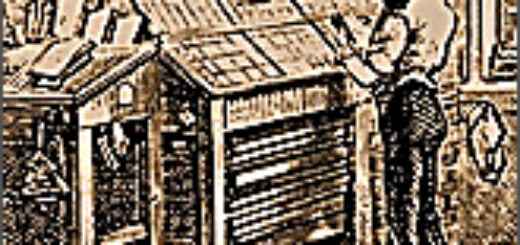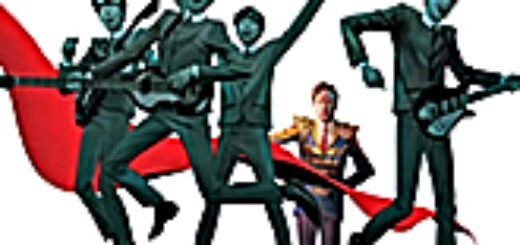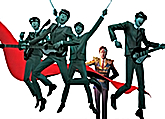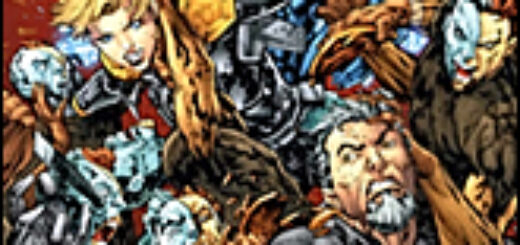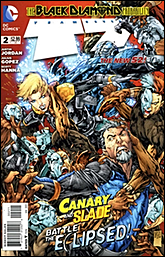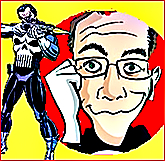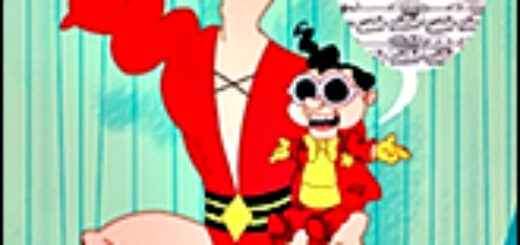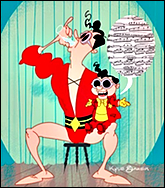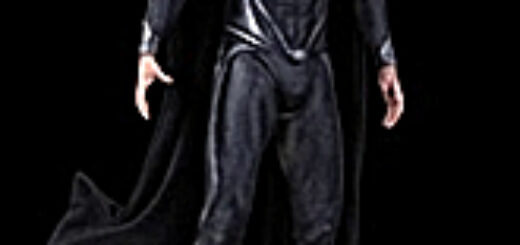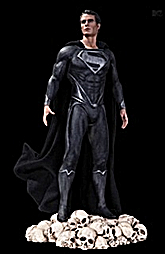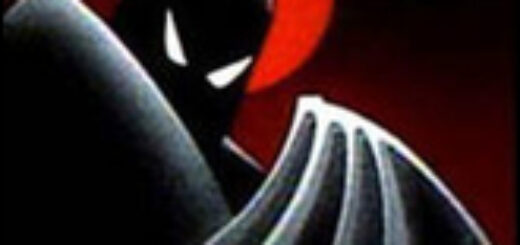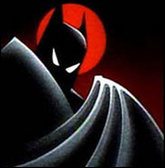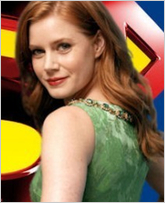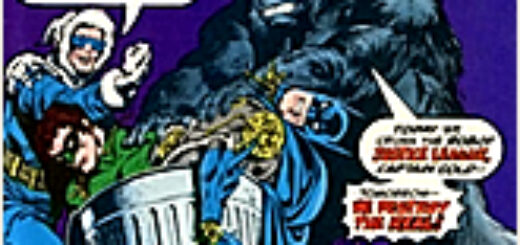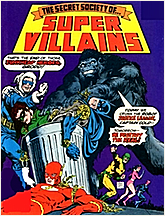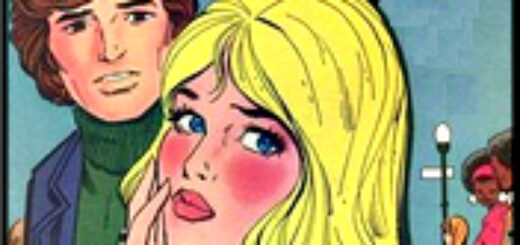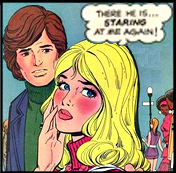Martin Pasko: Marvel & DC – The Little Big Two
 As I was saying last week before I was so rudely cut off by the limitations of your internet-degraded attention span …
As I was saying last week before I was so rudely cut off by the limitations of your internet-degraded attention span …
Mainstream Comics (read: The Big Two) have begun to remind me of that much-mocked TV commercial with the old woman screaming “Help! I’ve fallen but I can’t get up!”
That business seems to me to be in freefall, and only gaming the numbers so as not to scare the horses maintains the status quo, with ongoing monthlies somehow being considered successes with four-digit sell-through estimates that, as few as 10 years ago, would’ve gotten a title canceled long before things got that desperate. And the “top-selling” titles, you’ll note, are all brand extensions – all variations on, or team-ups with, batmen, wolverines, and other tried-and-trues.
Which presents a thorny dilemma.
Neither of the “Big” Two’s corporate parents wants to be in the business of putting ink on dead trees, which – though ComiXology might claim otherwise – is still the major comics delivery-system. And publishing’s a low-margin biz, and low margins are as crucifixes to Count Disnela and Baron Von Warner. But they’ve been persuaded not to drive a stake through the comics divisions’ hearts by being sold on the dubious proposition that comics are low-cost R&D for blockbuster movie and TV development.
Yet not one of the tentpole franchises from the Big Two’s studio daddies has been based on anything created more recently than 50 years ago (the 40-year old Blade being neither tentpole nor generated by Marvel Entertainment). If you’re going to be a stickler and say, for example, that X-Men’s success owes more to the ‘80s reboot than the Lee-Kirby original, okay – 30 years ago. So far the closest Hollywood has come to building a discrete film around a newer character is the alleged Deadpool movie. Since the New Mutants and X-Force titles that whelped the character are both X-Men spinoffs, however, Deadpool doesn’t really count as something that isn’t a brand extension. If Jeff Robinov’s successors don’t share his aversion to making a Lobo film, maybe then I’ll sit up and take notice.
To make matters worse, the comics themselves are not being used as a development lab, since most, if not all, of the new titles in recent years have themselves been brand extensions. (And, when films like Red and The Losers tank, the incentive to look to newer “original” Big Two titles as source material dies with them.)
If the Big Two can’t be profit centers from publishing alone, the only way Pub Ops can truthfully be a development lab is if the publishers increasingly take back control of the creative development of their comics, which they’ve completely outsourced. This, to control new product development focused less on selling comics and more on creating potential movies and TV shows. But they probably can’t do this – at least, not easily.
For one thing, The Big Two seem to be under pressure to roll back the kinds of deals that used to give Creatives limited profit participation in new characters. And in this Brave New World of self-publishing, it’s hard to find strong, seasoned talent willing to let their new ideas be Wholly Owned by the Big Two.
So how much longer can the Big Floppymeisters justify their existence? Especially when they’re completely reliant on the freelance talent … because they no longer have editors who can control the process credibly, even if their bosses were willing to redefine the role of the editor. Few, if any, of them have the chops to pick up a pencil, graphics tablet or keyboard and make the product themselves (and show the newbies how it’s done) – the way the Infantinos, Orlandos, Lees, Romitas, O’Neils, Weins, and Shooters did when they were running things.
More in the third and final installment of this rant, written from the San Diego Comic-Con, where I’ll be looking for signs of a forced-change in Talent Relations – if any – and reporting back from my maybe not-so-uniquely skewed perspective.
FRIDAY: Martha Thomases
SATURDAY: Marc Alan Fishman

